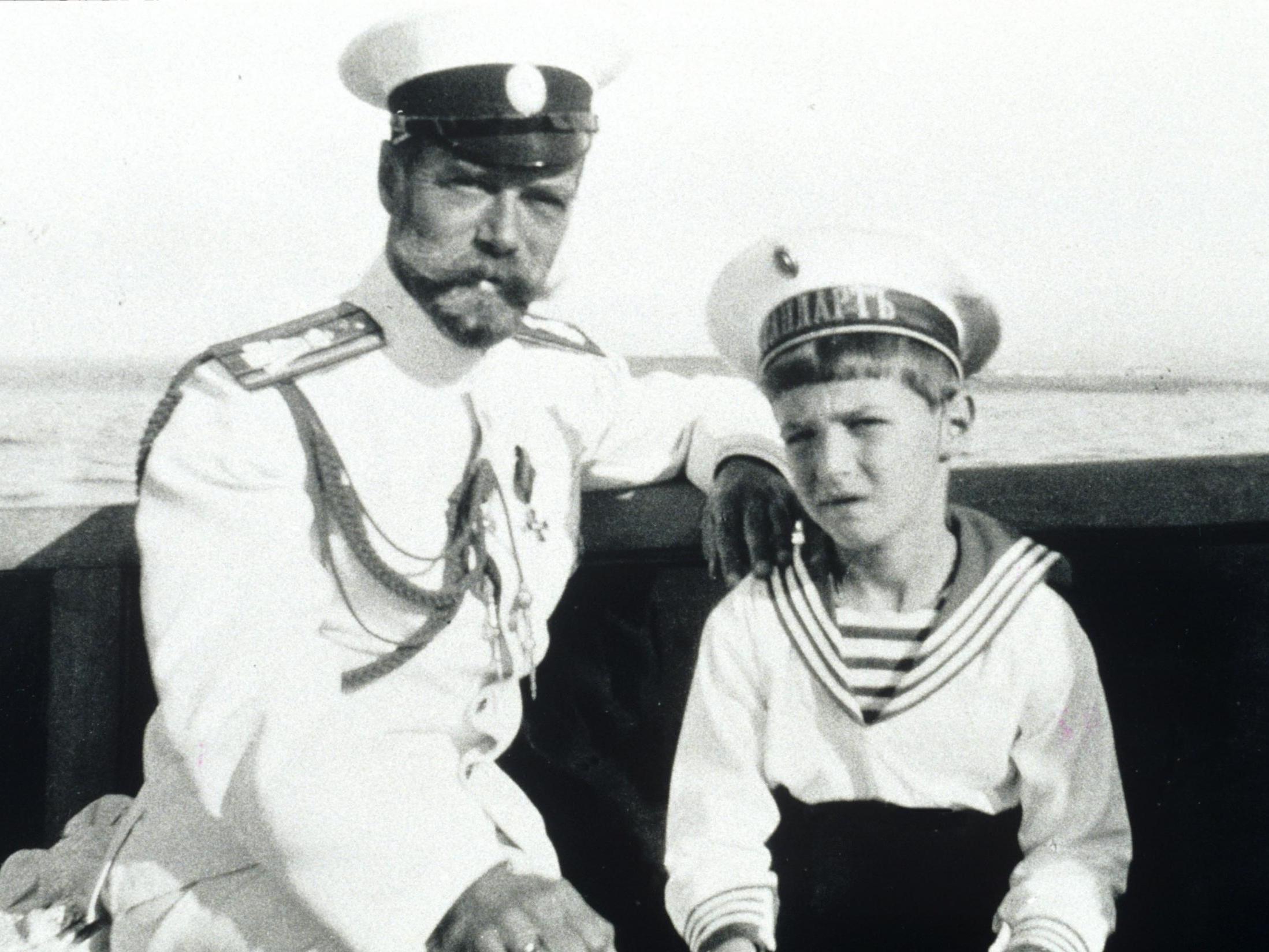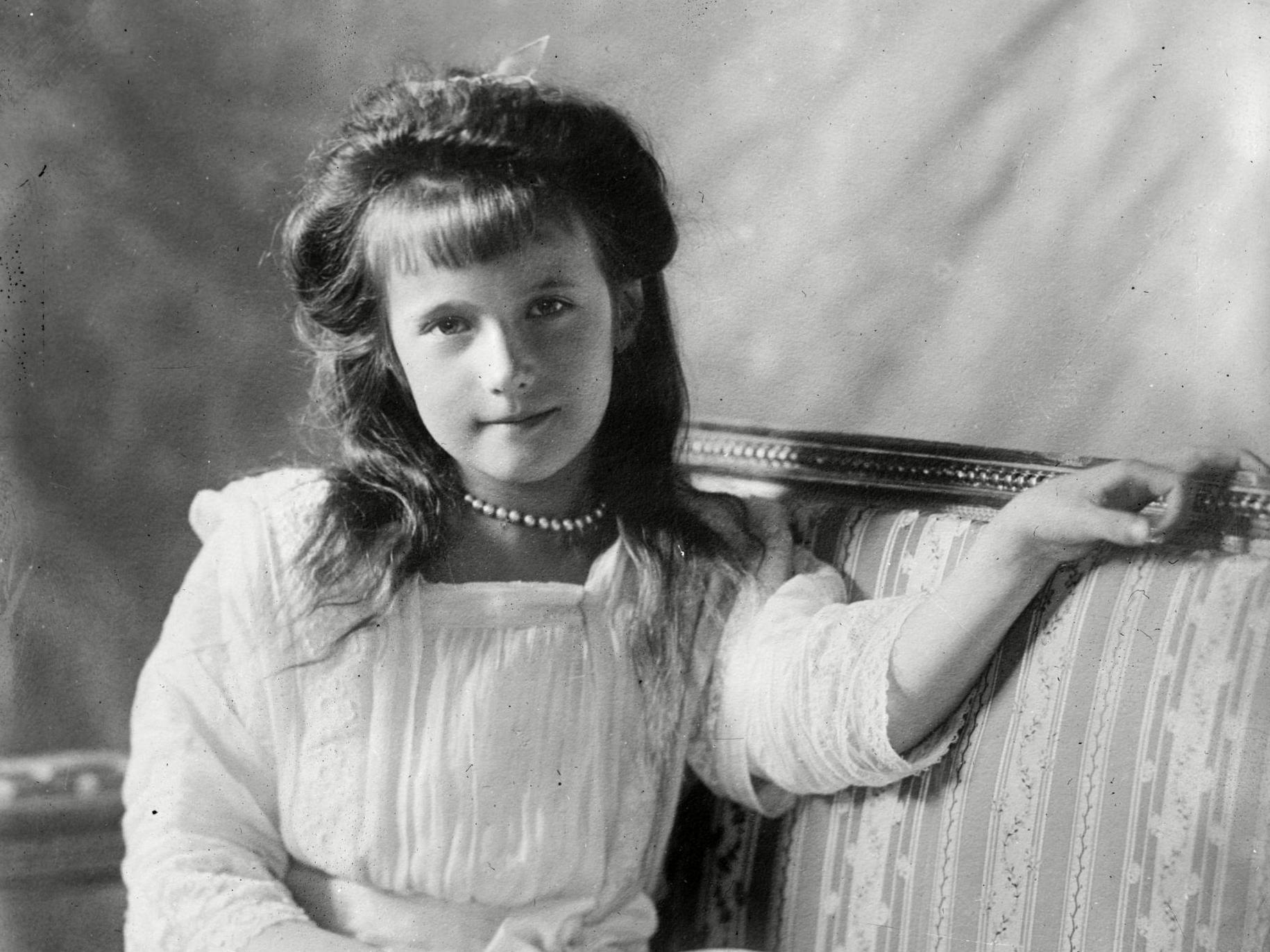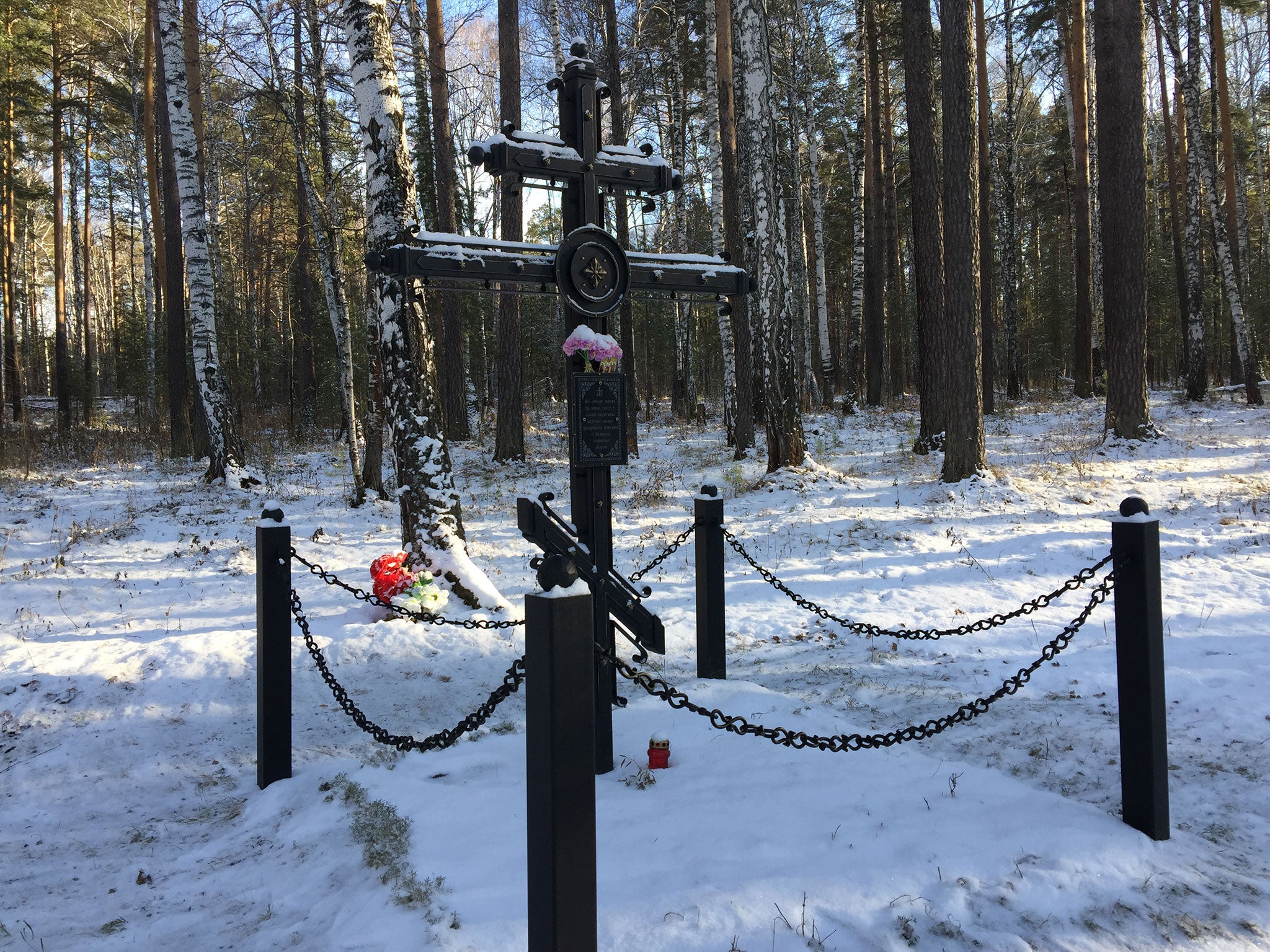Tsar Nicholas II's murder 100 years on: The terrible fate of Russia’s imperial family
Romanovs imprisoned, brutally executed by inept firing squad before being dumped in woodlands in aftermath of February Revolution
Your support helps us to tell the story
From reproductive rights to climate change to Big Tech, The Independent is on the ground when the story is developing. Whether it's investigating the financials of Elon Musk's pro-Trump PAC or producing our latest documentary, 'The A Word', which shines a light on the American women fighting for reproductive rights, we know how important it is to parse out the facts from the messaging.
At such a critical moment in US history, we need reporters on the ground. Your donation allows us to keep sending journalists to speak to both sides of the story.
The Independent is trusted by Americans across the entire political spectrum. And unlike many other quality news outlets, we choose not to lock Americans out of our reporting and analysis with paywalls. We believe quality journalism should be available to everyone, paid for by those who can afford it.
Your support makes all the difference.This week marks the 100th anniversary of the execution of the Russian royal family by their Bolshevik captors, one of the most shocking events in 20th century history.
Tsar Nicholas II, the Tsarina Alexandra and their five children, along with three servants and the family physician, Dr Yevgeny Botkin, were slain in cold blood in Yekaterinburg on the night of 16 July 1918.
The Romanovs had been detained since the February Revolution in Petrograd (now St Petersburg), when the tsar was forced to abdicate on 15 March after losing control of the violent uprising in which bread rioters and industrial strikers fought police and gendarmes loyal to the monarchy, the tide turning definitively when members of the Russian military mutinied.
Chaos ensued, a republican provisional government was installed under Alexander Kerensky and the royals were taken into custody after an offer of asylum by Britain was withdrawn on the advice of King George V.
They were imprisoned first in Alexander Palace at Tsarskoe Selo, then in Tobolsk in Tyumen-Oblast, before finally being moved to Yekaterinburg by train on 30 April 1918.
Alexei Romanov, 13, suffered an attack of bleeding as a result of the haemophilia that beset the family at this time and only joined his parents three weeks later, along with his sisters Olga, Tatiana and Anastasia, who were sexually assaulted by their guards in transit.
In Yekaterinburg, the prisoners were held inside a fortified mansion with whitewashed windows in the town centre that had once belonged to a local military engineer named Nikolai Nikolayevich Ipatiev.
Commandeered by Ural Soviet officials, who had ordered the owner to vacate the premises, the property was sinisterly rechristened “The House of Special Purpose” and served as a prison in which the imperial royal family were held for the final 78 days of their lives.
Maxim machine gun nests were trained on the residence while the Popov House across the street served as a makeshift barracks, where the soldiers brought women, drank and played cards off duty. Pleas for news of the Romanovs from concerned members of the European diplomatic community went unanswered.
During that time, the family adapted to their circumstances: Nicholas reading and the boisterous grand duchesses Maria and Anastasia befriending their guards to stave off boredom, the former becoming romantically involved with one, Ivan Skorokhodov, and conspiring with him on how the Romanovs might escape.
Skorokhodov smuggled a birthday cake into the compound and presented it to Maria on 26 June when she turned 19, but was subsequently removed from duty when his superior, Filipp Goloshchekin, learned of their relationship and tightened security.
They were allowed into the garden for exercise but had no view other than the sky and the spire of the Voznesensky Cathedral as a high wooden palisade had been erected around the perimeter of the Ipatiev House to conceal them from the public gaze.
The fate of the Romanovs was seemingly undecided until July, when the White Guard – still loyal to the tsar – began to move in on Yekaterinburg and looked certain to capture it.

The Bolsheviks could not afford to have the Romanovs fall into the hands of the Whites, lest they became symbols around which anti-communists could rally or provide foreign governments with an alternative head of state to recognise.
Goloshchekin travelled to Moscow to obtain the order for the assassination and is thought to have secured it from Vladimir Lenin himself, although no paper trail exists to confirm the fact, no doubt deliberate on the part of the Bolshevik leader.
“Revolutions are meaningless without firing squads,” he famously said.
On the night of the killing, the guards entered the bedroom of Dr Botkin shortly after midnight and found him awake at his journal. They ordered him to rouse the sleeping Romanovs and tell them to dress for a long journey.
Outside in the street, the engine was started on a Fiat truck, intended to ferry the bodies away, in order to mask the sound of screaming.
Having gathered the royals in the basement, Commandant Yakov Yurovsky, charged with organising the execution, read aloud the death sentence from the Ural Executive Committee to the assembled royals and their loyal domestics, still rubbing the sleep from their eyes. Alexei, too sick to stand, was sat in a chair.

When the firing commenced, the bullets flew wildly, some ricocheting off the Romanov children because they had sewn diamonds into their underclothes to keep the family valuables safe, ensuring they could pay their way in the event that they did escape.
The members of the inexperienced death squad, brandishing an assortment of firearms, were themselves hit in the melee. Nicholas died instantly but several members of the family were only injured, writhing in their own blood on the basement floor as caustic gunpowder smoke filled the air.
Their leader, Peter Ermakov, was drunk at the time and only managed to hit Maria in the thigh as she tried to run for the doors.
Panicking and fearing the cries would be overheard at street level despite the rumble of the truck, the revolutionaries set about them with bayonets, running the tsarina and her children through and firing at their heads. The violence lasted a horrifying 20 minutes, with one of the killers later recalling that the scene was as slippery as the surface of an ice rink, according to historian Simon Sebag Montefiore.
Two of the girls were still breathing when the bodies were carried out, a fact that has been cited as the origin point for the myth of Anastasia’s escape.
In fact, the only survivor of the massacre was Alexei’s pet spaniel Joy, who was subsequently rescued by Colonel Paul Rodzianko of the British Expeditionary Force and brought to live in Windsor.
Like the shootings, the secret disposal of the victims’ remains was also badly bungled.
Yurovsky’s men piled the corpses into the truck, which broke down on route to the nearby Koptyaki woods. They were met by 25 accomplices, also drunk, who had arrived on horseback bearing lamps and expressed disappointment that the Romanovs were already dead as they had hoped to have the pleasure of lynching them.
Ermakov, in his stupor, had only brought one shovel, so Yurovsky dismissed the work crew, retaining only five to help with the burial in an abandoned mineshaft. It was only after having stripped the dead of their clothing, looting the hidden jewels and dousing them in sulphuric acid that Yurovsky realised the mine was too shallow to be secure.
After returning to Yekaterinburg to discuss the problem, it was decided to retrieve the bodies and rebury them in a deeper copper mine to the west.
On route, the truck became stuck in the mud in a hollow known as Porosenkov Log (”Pig’s Meadow”), where, too exhausted to continue, the men dug a mass grave and dumped the cadavers, pouring more acid over the remains, smashing the bones to splinters with their rifle butts before concealing their handiwork and returning to town.
Tsar Nicholas II has been described by Montefiore as “diminutive and hardly majestic… his looks and immaculate manners concealed an astonishing arrogance, contempt for the educated political classes, vicious antisemitism, and an unshakable belief in his right to rule as a sacred autocrat”.

He was not trusted by his ministers and his indulgence of the self-styled mystic and charlatan Grigori Rasputin gave his many enemies reason to persecute him.
But the fate of the Romanovs was brutal beyond reason.
The rediscovery of Nicholas, Alexandra, Olga, Tatiana and Anastasia’s bones in 1979 by amateur investigator Alexander Avdonin allowed them to be reburied in the family crypt in St Petersburg in 1998.
The remains of Alexei and Maria were found in 2007 but have so far not been reunited with those of their tragic family due to a DNA dispute raised by the Russian Orthodox Church.
A century later, the Romanov ghosts are still not at peace.

Join our commenting forum
Join thought-provoking conversations, follow other Independent readers and see their replies
Comments